
The demand for vegan fast food in China expected to grow to about US$2124.7 million by 2033. U.K. Continue Dominating the Vegan Fast Food Market. Low nutritional value and high price of vegan foods are expected to slow market expansion.
NEWARK, Del, Dec. 31, 2022 (GLOBE NEWSWIRE) -- The global vegan fast food market is predicted to be worth US$ 18829.5 million in 2023 and US$ 27980.2 million by 2033.
The global vegan fast food market is predicted to develop due to increased knowledge about the benefits of a vegan diet. An additional factor, such as growing awareness of animal health and cruelty in the food industry, has encouraged individuals to transition from animal-based to plant-based fast food, which has contributed to the market's growth.
As a result of these reasons, demand for vegan fast food is expected to rise at a constant 4.5% CAGR, with the United Kingdom, the United States, Germany, and Japan emerging as important manufacturers.
The rise in awareness of health issues and human well-being, as well as changes in lifestyle, are the factors driving the growth of the global vegan fast food market. People are migrating toward vegetarian foods as their attitudes toward people and the environment alter.
Get a Sample Copy of the Report @ https://www.futuremarketinsights.com/reports/sample/rep-gb-16198
The rise in the number of students living in PGs or rented rooms is a crucial element contributing to the growth of the vegan fast-food market. Furthermore, firms are focusing on providing different new vegan fast food offers to attract customers as awareness grows.
Some fast-food companies, like Burger King, are selling plant-based fast food in order to attract customers' attention. These reasons are expected to drive the worldwide vegan fast-food market forward. Certain constraints and limitations are expected to stifle the demand for vegan fast food.
Fast food-related obesity is expected to stifle growth during the projection period. Nonetheless, rising demand for vegan fast food due to several health benefits such as aiding in the categorization of plaque and fat in arteries, as well as untapped potential in new markets, provide exciting growth chances.
Key Takeaways
-
The US is expected to have a share of 30.2% of the vegan fast-food market share.
-
Rising disposable incomes are likely to support the expansion of the vegan fast-food business in North America over the forecast period.
-
The China vegan fast-food market is expected to grow at a rate of 3.5% throughout the forecast period.
-
The increasing penetration of global companies in the region is projected to promote vegan fast food market growth.
Request for Customization to Get 40% Discount @ https://www.futuremarketinsights.com/customization-available/rep-gb-16198
Competitive Landscape
Global players are expected to see an increase in demand for vegan fast food, primarily from the food and beverage industries, in order to improve existing product portfolios and increase the use of vegan ingredients in processed food products and beverages, all with the goal of attracting the vegan population.
Companies are attempting to provide personalised flavours in order to meet the diverse needs of food and beverage manufacturers. They are focused on providing vegan fast food that meets the needs of vegan fast-food makers, such as organic and natural food products.
Partnerships, and Collaborations
In September of 2020, Planterra Foods and the NFL's Denver Broncos announced a three-year partnership. Through this partnership, the OZO brand is expected to be recognised as the official plant-based fast food of the Denver Broncos. The company is likely to be able to raise brand recognition and customer interest using this tactic.
Beyond Meat Food Co. Ltd., a 100% owned subsidiary of Beyond Meat, has signed a contract with Jiaxing Economic & Technological Development Zone in September 2020 to design and develop production facilities (China). China is the site of a state-of-the-art plant being constructed to manufacture Beyond Meat-branded vegetarian alternatives.
Product Launches
In October 2020, the Impossible Burger, Impossible Foods' signature product, is expected to be introduced to the Canadian vegan fast food market, significantly expanding the company's presence there. The company's wares can be purchased in any of the roughly 600 Sobeys family stores, or through the retailer's grocery delivery service. The company's retail footprint can then be expanded as a result.
In September 2020, Beyond Meat is anticipated to introduce Beyond Meatballs to supermarkets across the United States. There is a need in the market for convenient and healthy plant-based fast food, and this item is expected to fill that void.
Contact Sales for Further Assistance in Purchasing this Report@ https://www.futuremarketinsights.com/checkout/16198
Key Segments
By Product Type:
-
Dairy Alternatives
-
Meat Substitutes
By End-User:
-
Takeout
-
Dine-in
By Region:
Table of Content
1. Executive Summary
1.1. Global Market Outlook
1.2. Demand-side Trends
1.3. Supply-side Trends
1.4. Technology Roadmap Analysis
1.5. Analysis and Recommendations
2. Market Overview
2.1. Market Coverage / Taxonomy
2.2. Market Definition / Scope / Limitations
3. Market Background
3.1. Market Dynamics
3.1.1. Drivers
3.1.2. Restraints
3.1.3. Opportunity
3.1.4. Trends
3.2. Scenario Forecast
3.2.1. Demand in Optimistic Scenario
3.2.2. Demand in Likely Scenario
3.2.3. Demand in Conservative Scenario
3.3. Opportunity Map Analysis
3.4. Product Life Cycle Analysis
3.5. Supply Chain Analysis
Explore FMI’s Extensive Ongoing Coverage on Food and Beverage Domain
Cattle Feeder Market Demand: By 2033, a steady CAGR of 3.5% is anticipated for the industry. According to FMI, the revenue share of the cattle feeder market is expected to rise from US$ 2,980 million in 2023 to US$ 4,204 million by 2033.
Allulose Market Overview: The allulose market size is estimated to be valued at US$ 221.3 Mn in 2022. The market is predicted to grow at an 8.7% CAGR between 2023 and 2033, from US$ 236.9 Mn in 2023 to US$ 543.2 Mn by 2033.
Tilapia Market Forecast: The tilapia market is valued at USD 13.9 billion in 2023 and is projected to reach USD 21.6 billion by 2033, recording a CAGR of 4.5%, during the forecast period.
Herbs and Spices Market Growth: The herbs and spices market size is forecast to grow at a CAGR of 3.6% between 2023-2033. The market is expected to incline from US$ 171 Bn in 2023 to US$ 243 Bn by 2033 end.
Silage Additives Market Share: The Silage Additives Market size is projected to be valued at US$ 2.4 Bn in 2023 and is expected to rise to US$ 4.0 Bn by 2033. The sales of silage additives are expected to grow at a significant CAGR of 5.5% during the forecast period.
About Future Market Insights, Inc.
Future Market Insights, Inc. is an ESOMAR-certified business consulting & market research firm, a member of the Greater New York Chamber of Commerce and is headquartered in Delaware, USA. A recipient of Clutch Leaders Award 2022 on account of high client score (4.9/5), we have been collaborating with global enterprises in their business transformation journey and helping them deliver on their business ambitions. 80% of the largest Forbes 1000 enterprises are our clients. We serve global clients across all leading & niche market segments across all major industries.
Contact Us:
Future Market Insights Inc.
Christiana Corporate, 200 Continental Drive,
Suite 401, Newark, Delaware - 19713, USA
T: +1-845-579-5705
LinkedIn| Twitter| Blogs | YouTube
For Sales Enquiries: sales@futuremarketinsights.com

https://ift.tt/yPhLtJQ
food
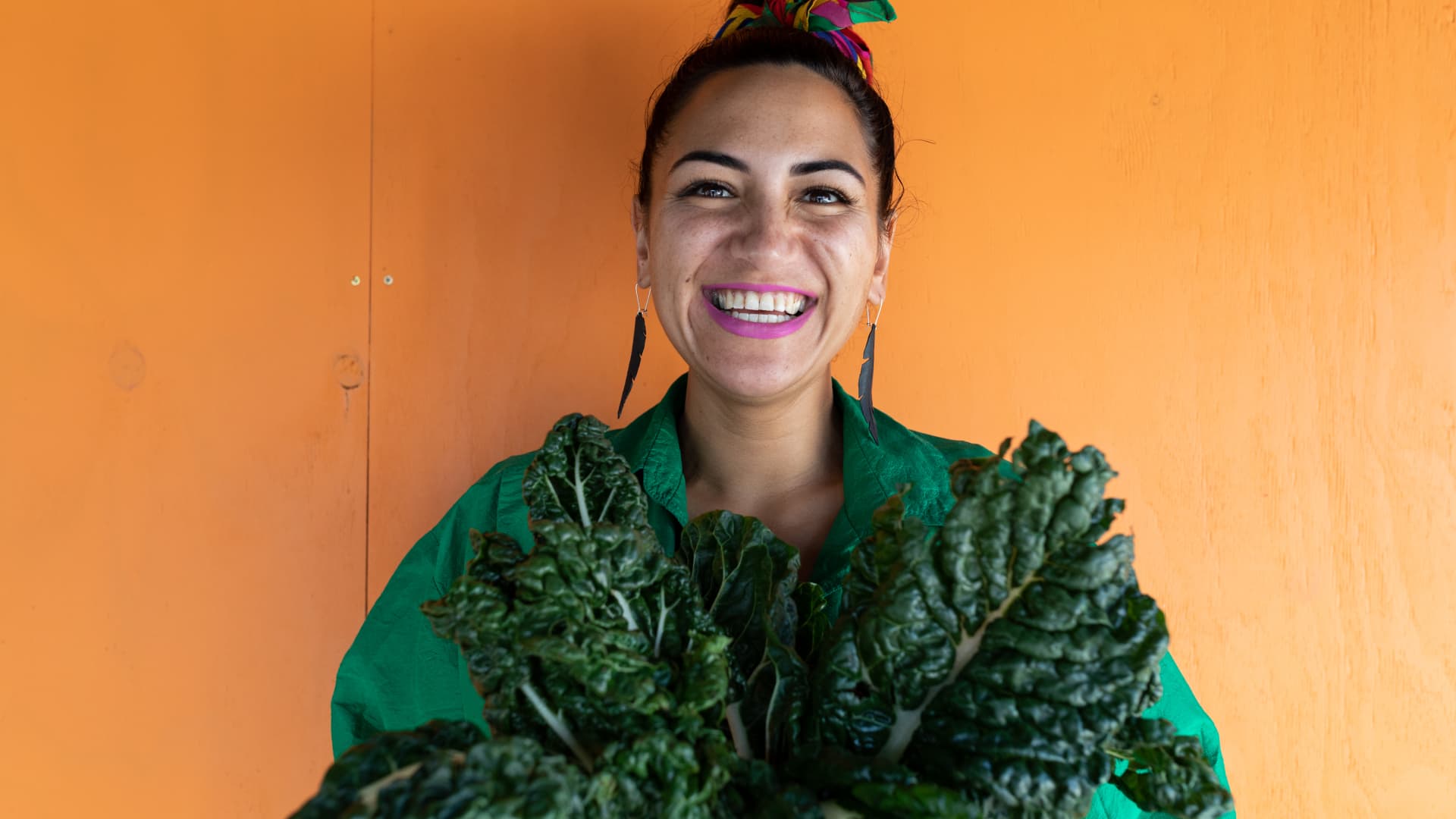


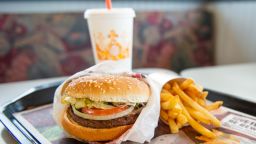




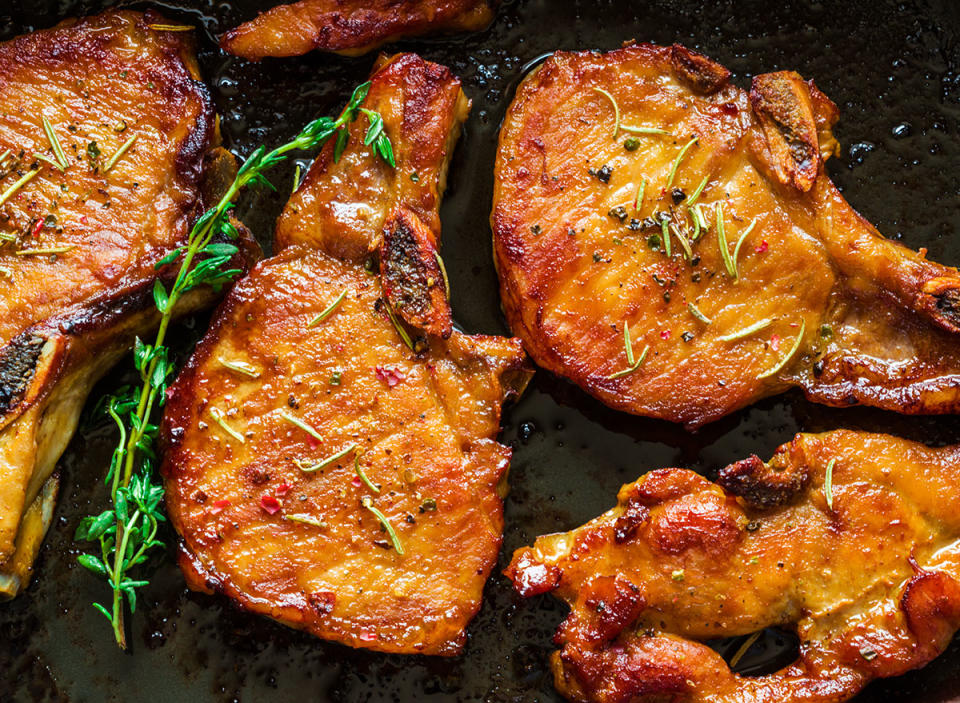



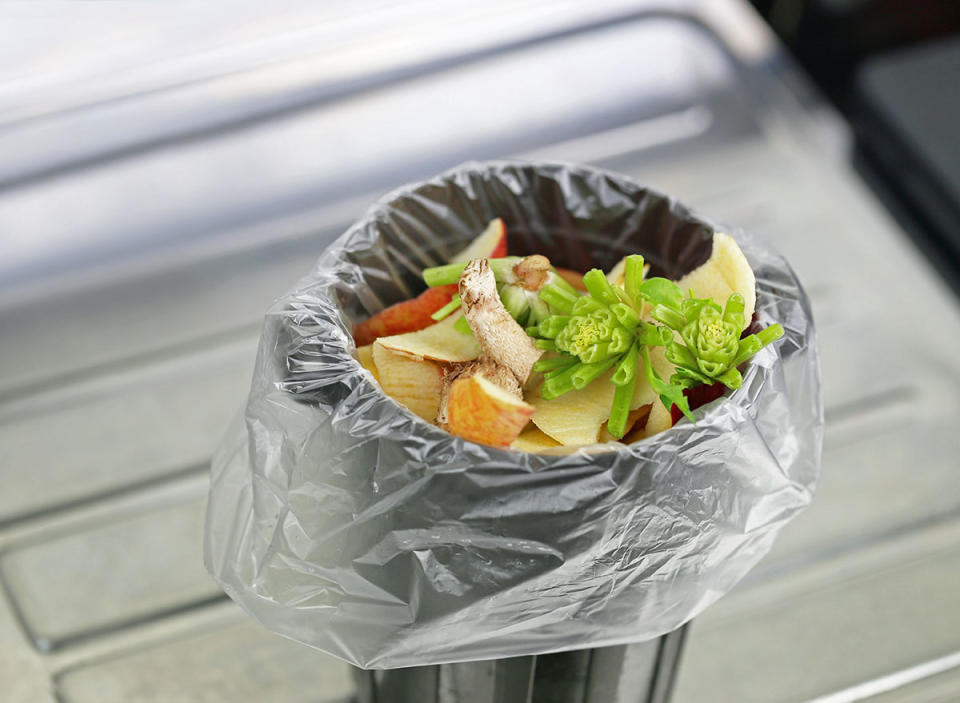
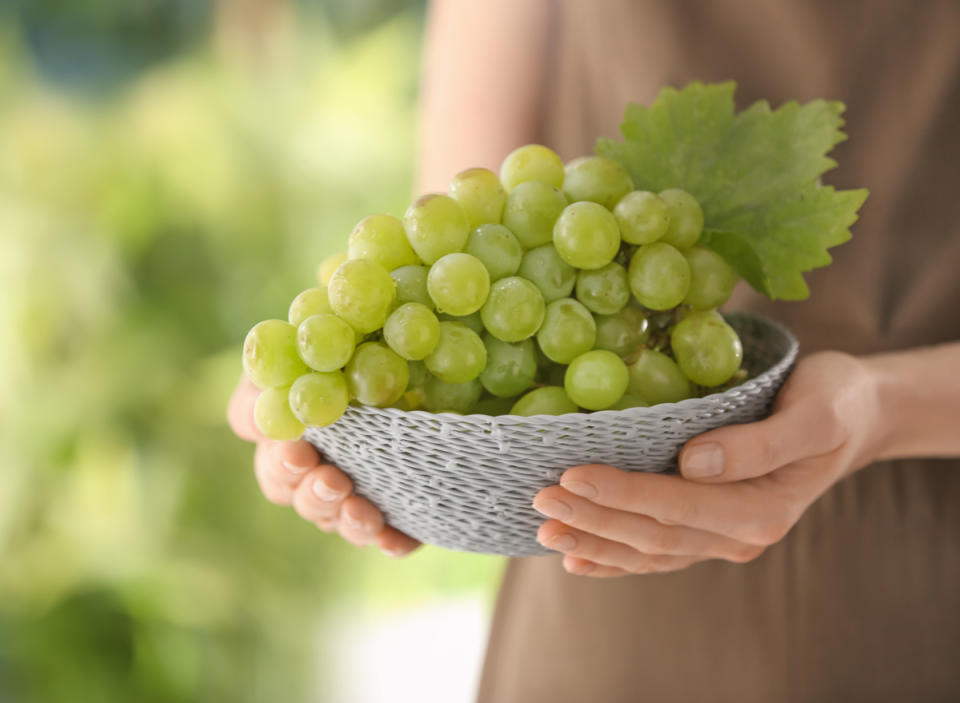
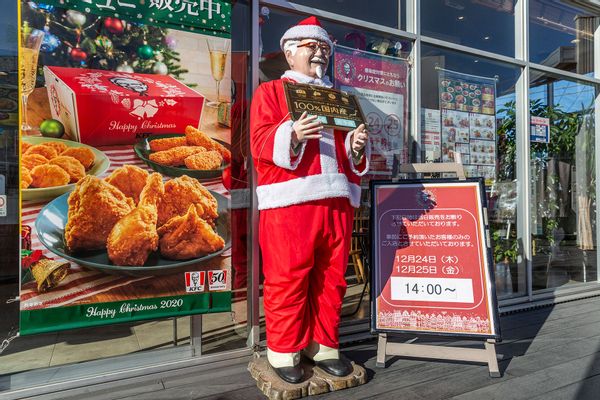 A statue of Colonel Sanders in Santa outfit is pictured on December 23, 2020 in Tokyo, Japan. (Yuichi Yamazaki/Getty Images)
A statue of Colonel Sanders in Santa outfit is pictured on December 23, 2020 in Tokyo, Japan. (Yuichi Yamazaki/Getty Images)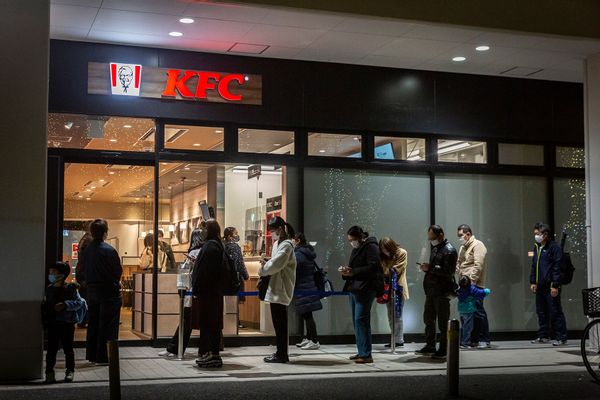 People queue in front of a KFC restaurant on December 23, 2020 in Tokyo, Japan. (Yuichi Yamazaki/Getty Images)
People queue in front of a KFC restaurant on December 23, 2020 in Tokyo, Japan. (Yuichi Yamazaki/Getty Images)

:no_upscale()/cdn.vox-cdn.com/uploads/chorus_asset/file/24310887/tigerella_personal_pizzas_food_hall.jpg)
